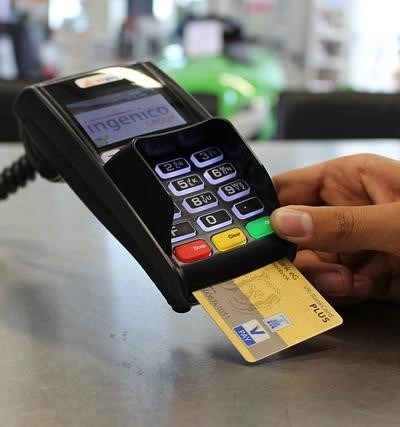The escalating prevalence of credit card fraud and security breaches necessitates a robust and evolving approach to payment security. Traditional authentication methods, while offering a degree of protection, are increasingly susceptible to sophisticated cyberattacks. Biometric authentication, leveraging unique physiological and behavioral characteristics, presents a significant advancement in mitigating these risks and enhancing financial security.
Biometric Authentication: A Multifaceted Approach
Biometric authentication encompasses various techniques, each offering distinct advantages and levels of security. Fingerprint scanning, a widely adopted method, relies on the unique patterns of ridges and valleys on fingertips. Facial recognition analyzes distinctive facial features, while iris scanning utilizes the intricate patterns of the iris. Voice recognition analyzes the unique vocal characteristics of an individual. Each method contributes to a layered security approach, significantly improving identity verification.
Enhancing Transaction Security
The integration of biometrics into credit card transactions drastically enhances transaction security. Instead of relying solely on passwords or PINs, which are vulnerable to phishing and data breaches, biometric authentication provides a more secure and reliable identity verification process. This is particularly crucial for online and mobile transactions, where the risk of fraud is amplified.
Combating Credit Card Fraud
Credit card fraud remains a substantial concern for both consumers and financial institutions. Biometric authentication offers a powerful tool in fraud prevention. By requiring biometric verification for each transaction, the likelihood of unauthorized access and fraudulent activity is significantly reduced. The unique nature of biometric data makes it exceptionally difficult for fraudsters to replicate or steal.
Beyond Basic Biometrics: Advanced Security Measures
While individual biometric methods offer strong security, combining them through two-factor authentication (2FA) or multi-factor authentication (MFA) creates an even more robust system. This layered approach significantly improves digital security by requiring multiple forms of verification before granting access to sensitive financial information. Further enhancing security are behavioral biometrics, which analyze typing patterns, mouse movements, and other behavioral traits to detect anomalies and potential fraud.
Addressing Risk Management and Cybersecurity Challenges
The implementation of biometric authentication requires careful consideration of risk management and cybersecurity. Data breaches related to biometric information can have severe consequences. Robust data encryption, secure storage, and stringent access control measures are paramount to protect sensitive biometric data. Ongoing monitoring and updates to security protocols are essential to mitigate emerging threats and maintain the effectiveness of biometric systems in fraud prevention.
The Future of Biometrics in Payment Security
Biometric authentication is rapidly becoming an integral component of credit card security. As technology continues to evolve, we can anticipate even more sophisticated and secure biometric authentication methods. The integration of advanced authentication methods, coupled with robust risk management strategies, will be instrumental in creating a safer and more secure financial ecosystem.

